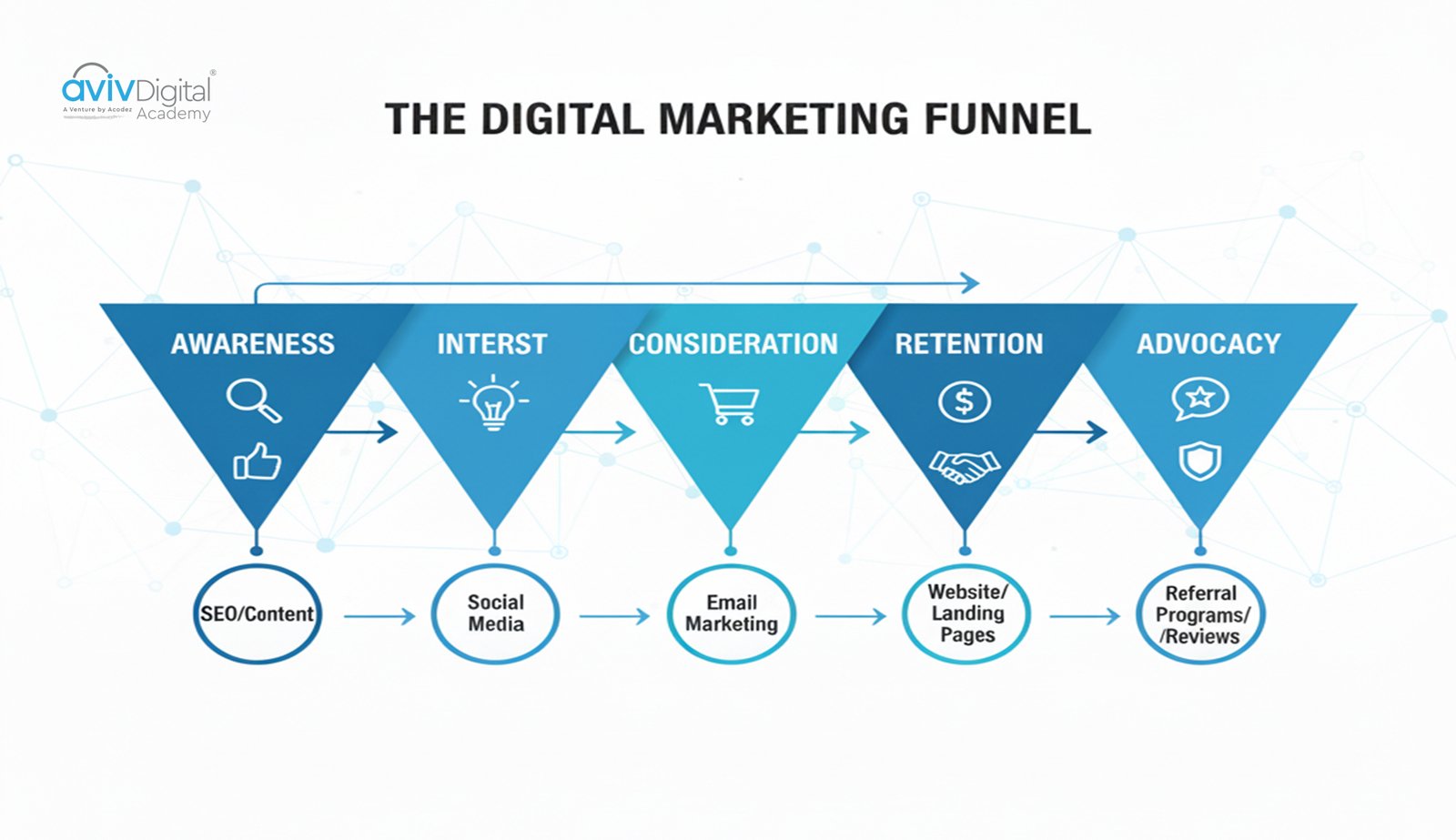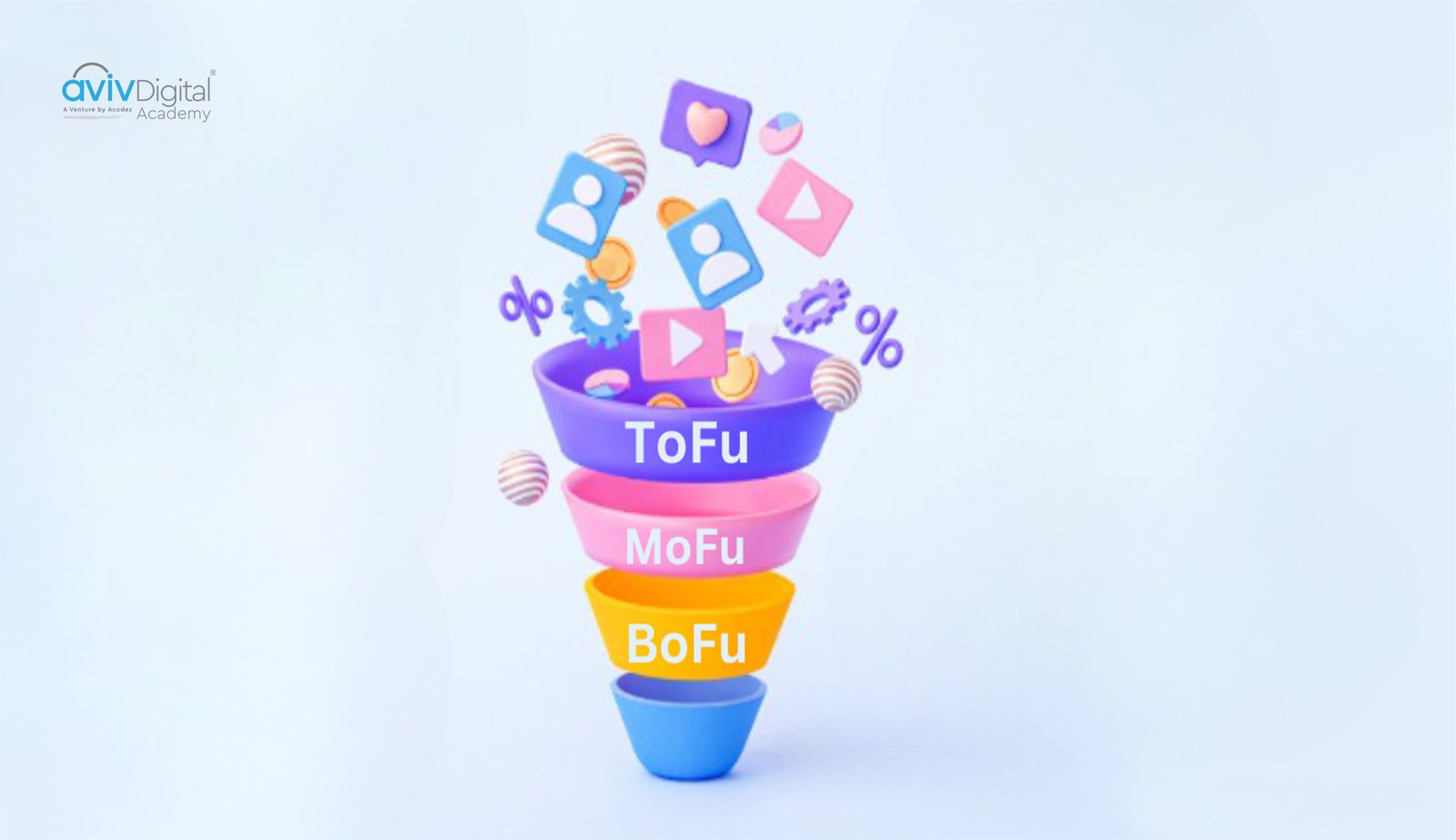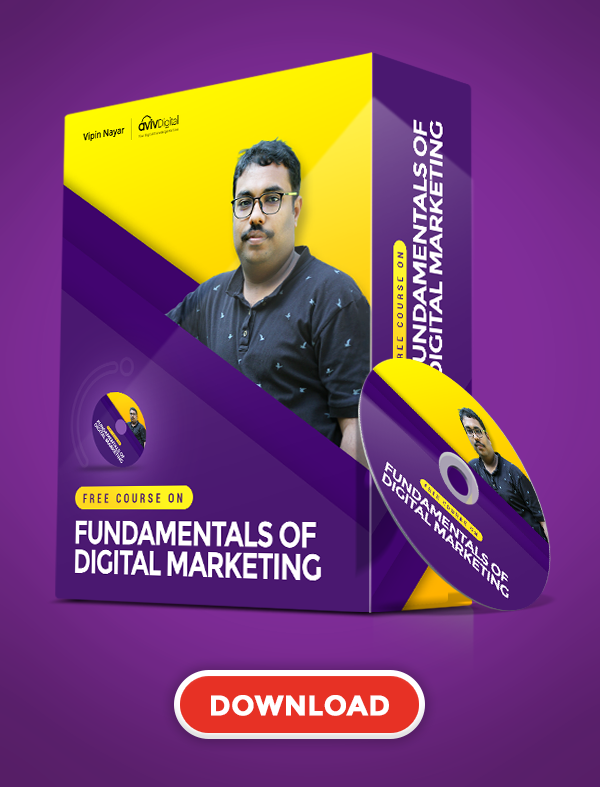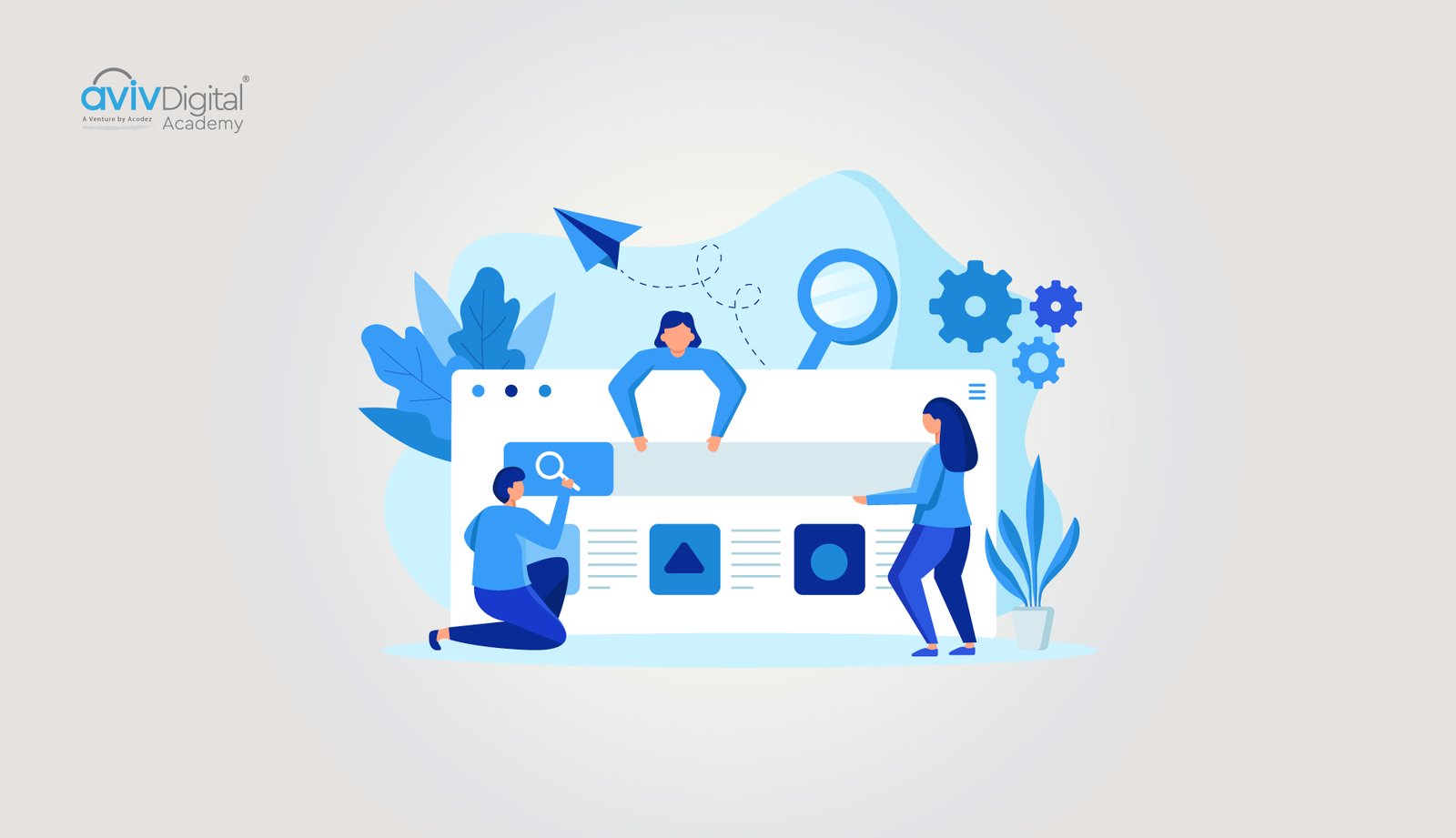
Consider how people make online purchases today. Most of the time, they don’t buy after seeing something just once. There was a whole journey. Maybe they saw an ad and scrolled past. Then saw it again. Googled it. Read reviews. Checked prices on different sites. Added it to the cart and got distracted. Came back days later. Then finally bought it.
That whole process is what marketers call a funnel. And once anyone understands how it works, they’ll spot it constantly. Those ads follow you around. Emails about items in the cart. How some websites guide visitors exactly where they want them. None of it’s random. All intentional funnel design.
Here’s what’s interesting – every successful online purchase follows this predictable path. But most businesses ignore it. They send identical messages to brand-new visitors and people ready to buy. Makes no sense.
Once you understand funnels, you stop guessing what works. You start building marketing that actually leads people to buy.
What is a Marketing Funnel?
A marketing funnel explains the process people follow before they buy. It is wide at the top and narrow at the bottom since many explore, but only some actually purchase. Thousands might discover a brand. Hundreds get interested. Dozens actually buy. Like walking through a mall. Pass fifty stores. Stop at ten. Walk into three. Buy from one.
The journey usually breaks into four stages called AIDA:
- Awareness: People discover the brand exists. Through an ad, a search, or a friend’s mention. They just learn it’s out there.
- Interest: They’re curious now. They check out the website, hit follow on social media, or drop their email to join the list. Not comparing yet, just exploring.
- Desire: They want what’s being sold. Imagining how it solves their problem. Comparing it to alternatives. Getting closer to deciding.
- Action: They buy. Though smart businesses know it doesn’t end here. Retention and loyalty matter just as much.
Not everyone who finds a brand will buy. That’s normal. Funnels help businesses figure out where someone is in their journey so they can actually give them useful stuff instead of just yelling “BUY NOW” at every single person. With over 570,000 websites currently using sales funnel tools to attract and convert customers, it’s clear how essential funnel strategies are very important in marketing. The top digital marketing institute in Calicut helps learners understand how to move customers from discovery to purchase.
What is a Digital Marketing Funnel?
A digital marketing funnel is the same concept, just playing out online. It tracks how people interact with your brand across your website, social media, emails, search results, and ads.
Why does the digital part matter so much? Because that’s where everyone is now. People Google products at midnight. They read reviews from strangers. They compare prices across five different tabs. They add things to their cart and abandon them. With digital channels now making up 72% of total marketing spend, the digital marketing funnel is more important than ever. The digital marketing funnel helps you make sense of this chaotic online journey and actually guide people through it.
The digital marketing funnel typically includes these stages:

- Awareness: Someone stumbles on your brand online for the first time. Your Instagram ad shows up in their feed. They find your blog post while searching for an answer. That initial “oh, this exists” moment.
- Interest: They want to learn more now. They click through to your website. Follow your social accounts. Maybe drop their email for your newsletter. Not comparing you to anyone yet – just figuring out what you’re about.
- Consideration: This is when they get serious. Reading everything on your site. Checking what your competitors offer. Scrolling through reviews. Watching your demo videos. They know they need a solution, and they’re deciding if you’re it.
- Conversion: They commit. Hitting “buy now” if you’re a store. Booking that consultation if you’re a service business. Whatever the action is, this is the moment they stop browsing and start buying.
- Retention: Most businesses completely forget about this part. The relationship shouldn’t die after one purchase. Keep them engaged – helpful emails, solid support, actual value. Loyal customers don’t just buy once. They come back. They trust you. They stay.
- Advocacy: These are your superfans. Leaving glowing reviews without prompting. Telling their friends about you. Sharing your posts. Jumping into comment sections to defend you. They’re doing your marketing for free, and new customers trust them way more than your ads.
What makes digital funnels so powerful? You actually know what’s happening. Traditional marketing was throwing up a billboard and hoping people noticed. Digital marketing shows you exactly how many people visited, which pages they looked at, how long they stayed, and where they left. You test things, see what works, and keep getting better. It’s like finally turning the lights on.
Types of Marketing Funnels & Their Stages
We’ve talked about AIDA and the customer journey funnel. But no single funnel fits everyone. An Instagram clothing brand works completely differently from a B2B software company. What a freelance writer needs won’t match what an online store needs. Your business model determines which funnel makes sense. For example, B2C stores typically see an average purchase conversion rate of around 3.17%, while top-performing brands can reach 5–15%, showing how funnel effectiveness varies depending on the industry, audience, and offer.
Content Marketing Funnel
Bloggers, YouTubers, and content creators, this is how they operate. The strategy is straightforward: be helpful first, sell later.
- Attract: Create content people are actually searching for. Blog posts answering their questions. Videos solve their immediate problems.
- Engage: Give them something deeper. A free guide. A newsletter worth reading. A webinar that teaches something real. Show you’re not just noise.
- Convert: They trust you by now. That’s when you pitch your course, your service, whatever you’re selling.
- Delight: Don’t disappear after the sale. Stay useful. That’s what turns one-time buyers into people who come back and bring their friends.
Sales Funnel
This works for pretty much any business selling something – products, services, B2B deals, whatever.
- Awareness: Someone realizes they’ve got a problem that needs solving. They see your ad, find you on Google, or hear about you from a colleague.
- Discovery: They start looking into what you offer. Browsing your site. Checking out your services. Trying to understand if you might be the answer.
- Evaluation: Now they’re comparing. You versus your competitors. Your prices versus theirs. Reading what your customers say. Watching demos. Doing their homework.
- Intent: They’ve basically decided. Adding stuff to the cart. Requesting quotes. Booking calls. Clear signs they’re ready to move forward.
- Purchase: It’s done. They checked out. Signed the contract. Made the payment. They’re a customer now.
- Loyalty: This is where the real relationship starts. Keep delivering after the sale. Quick responses when they need help. Checking in to make sure things are working. When customers feel taken care of, they stick around, buy again, and tell others.
These funnels get labeled differently depending on who’s explaining them. Different numbers of stages. Different terminology. But they all do the same basic job – take someone who’s never heard of you and turn them into a customer by helping them and earning their trust along the way.
Why Are Marketing Funnels Important?
Ever feel like you’re doing all the right things, but sales just aren’t happening? Your content looks good. Ads are live. Social media is active. But nothing’s really clicking.
Usually, there’s no funnel pulling it together.
Funnels show you each step people take before they buy. When you can see the whole journey, patterns jump out. Maybe your site gets traffic, but people bounce immediately. Maybe they browse products but never check out. These specific problems tell you exactly what to fix instead of guessing.
The real value is moving from guessing to knowing. Instead of dumping money into every marketing tactic hoping one works, you understand what actually pushes people toward buying. Do more of what works. Drop what doesn’t. Less waste, better results.
Strategies for Each Stage of the Marketing Funnel
The funnel breaks into three main sections with weird nicknames – TOFU (top), MOFU (middle), and BOFU (bottom). Understanding these helps you stop wasting the wrong content on the wrong people.

TOFU (Top of Funnel)
This is the awareness stage. People just found out you exist. They’re definitely not ready to buy. They’re looking for answers and information. Focus on educational stuff here. Blog posts answering their questions. How-to videos. Social content that’s actually useful. You’re trying to get noticed, not make a sale yet.
MOFU (Middle of Funnel)
They know about you now, and they’re weighing options. Comparing solutions. Figuring out what fits their needs. This is when you offer deeper stuff. Case studies with real results. Comparison guides. Email courses. Webinars that go into detail. You’re building trust and showing why you’re the right choice.
BOFU (Bottom of Funnel)
They’re ready to decide. Time to make your move. Give them what they need to say yes. Free trials to test things out. Clear pricing. Customer testimonials. Strong calls to action. Limited offers that add urgency. Make buying easy and clear out any remaining doubts.
Match your content to where people are, and every stage performs better. Right message, right time – that’s what matters.
Conclusion
Marketing funnels aren’t some complicated strategy only big companies can pull off. They’re just about recognizing people need time before they trust a brand enough to buy. Nobody sees a brand for the first time and immediately hands over their credit card. Buying doesn’t happen that way.
Creating a working funnel involves testing, failing, and learning. Creating content nobody clicks. Sending emails that get ignored. They scratch their heads when people leave items sitting in their carts. All of that is normal – it’s how businesses learn what their audience actually needs and when they need it.
But when it finally clicks? Everything gets easier. No more throwing content into the void, hoping something sticks. The business understands what stage someone is at and what they need right then. When businesses get this right, random website visitors become loyal customers who come back again and again
Aviv Digital Academy is one of the leading Digital Marketing institute in Calicut. We offer a wide variety of globally recognized certification programs that include SEO, SEM, SMM, Email Marketing and Inbound Marketing courses. For more details, contact us at: +91 8156998844
How do I build a marketing funnel that actually works?
Map your customer’s journey – where they discover you, what questions they have, and what convinces them to buy. Create content matching each stage. Biggest mistake? Selling too early or ignoring customers after purchase. Test one thing at a time, track results, and keep improving based on what actually works.
Do B2B and B2C businesses need different types of funnels?
B2C moves faster – people often buy the same day they discover you. When one person decides for themselves, emotion plays a bigger role. B2B takes longer with multiple decision-makers and bigger budgets. They need proof – case studies, ROI data. Both build trust through stages, but B2B requires more patience and detailed content at each step.
What should I measure in my marketing funnel?
Focus on conversion rates between stages – shows where people drop off. Track cost per acquisition and customer lifetime value. Watch email open rates and clicks for middle stages. Cart abandonment and sales at the bottom. Don’t track everything. Pick three to five metrics that matter most and improve those.






